Razer Blade Stealth 13 (late 2018) review: Raw power but unfulfilled potential
A good fit for the boardroom, but disappointing battery life and tawdry ports leave it lacking
Gorgeously designed and packed full of power, the Razer Blade Stealth has the makings of an elite device that can compete with the likes of the MacBook Pro. This 13.3in ultraportable is, however, let down by a handful of problems that blacken its otherwise strong credentials
-
+
Killer performance; Vibrant display; Impressive design
-
-
Terrible battery life; Awkwardly-placed keys; Wobbly ports

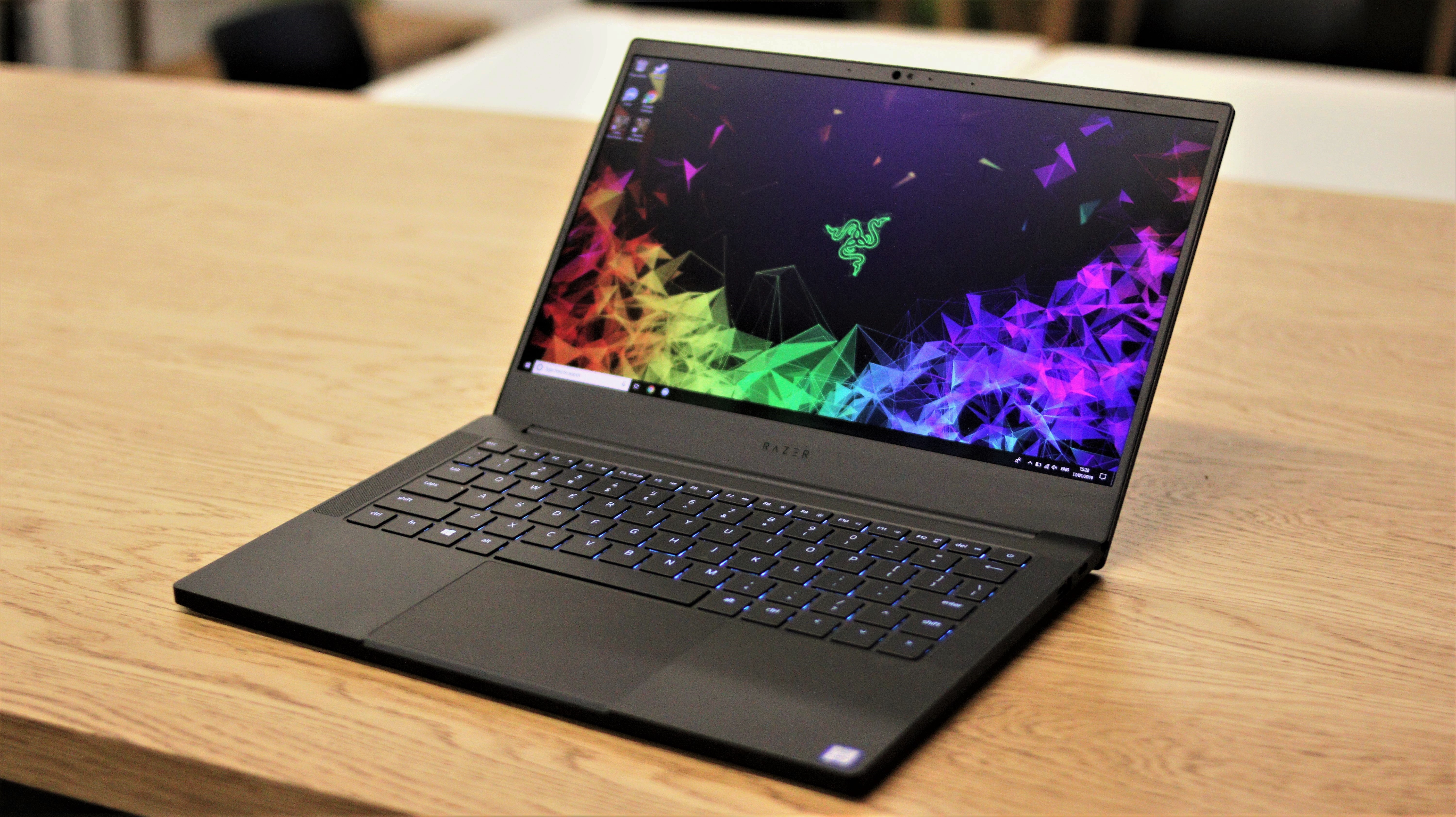
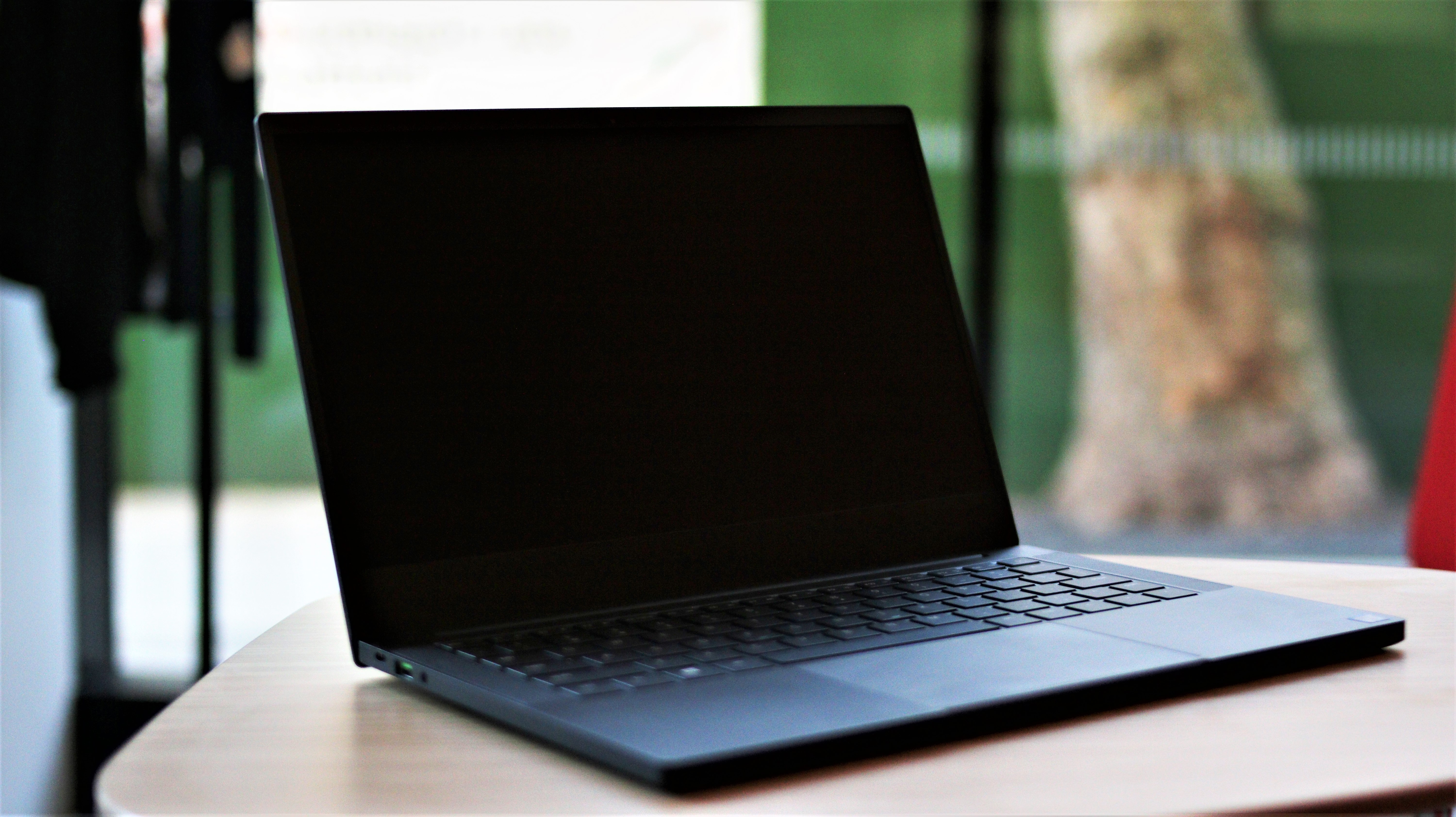
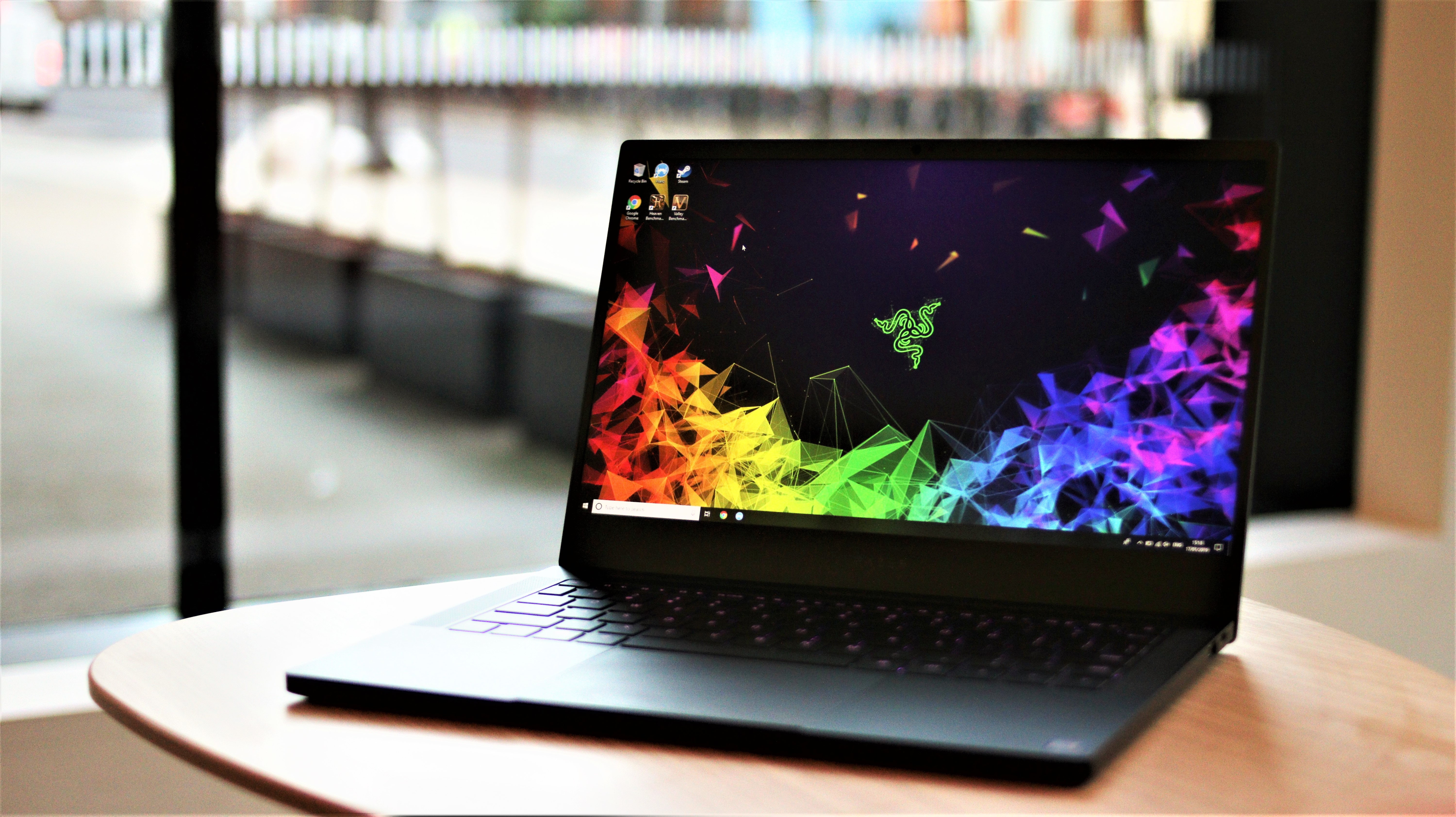
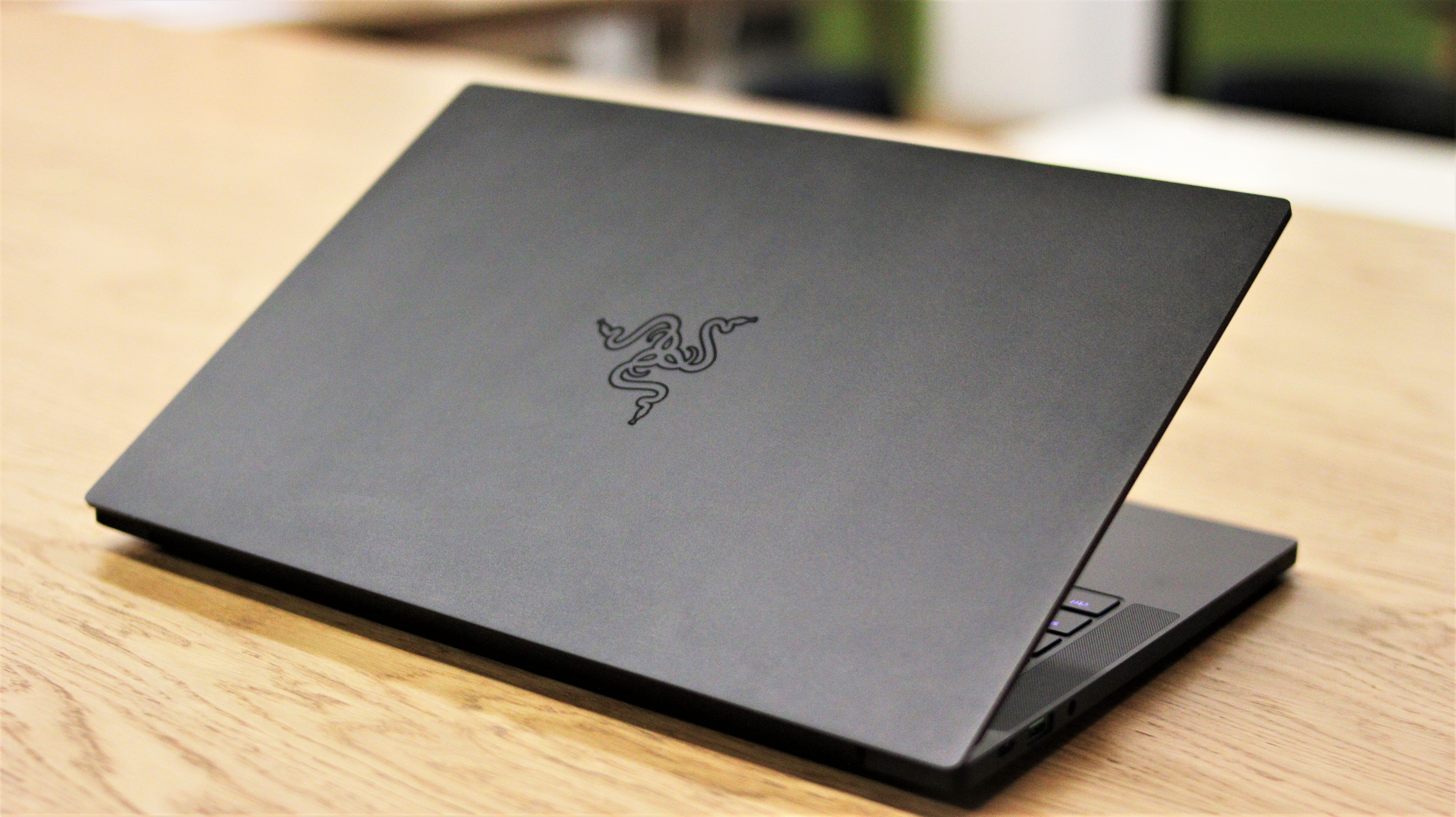
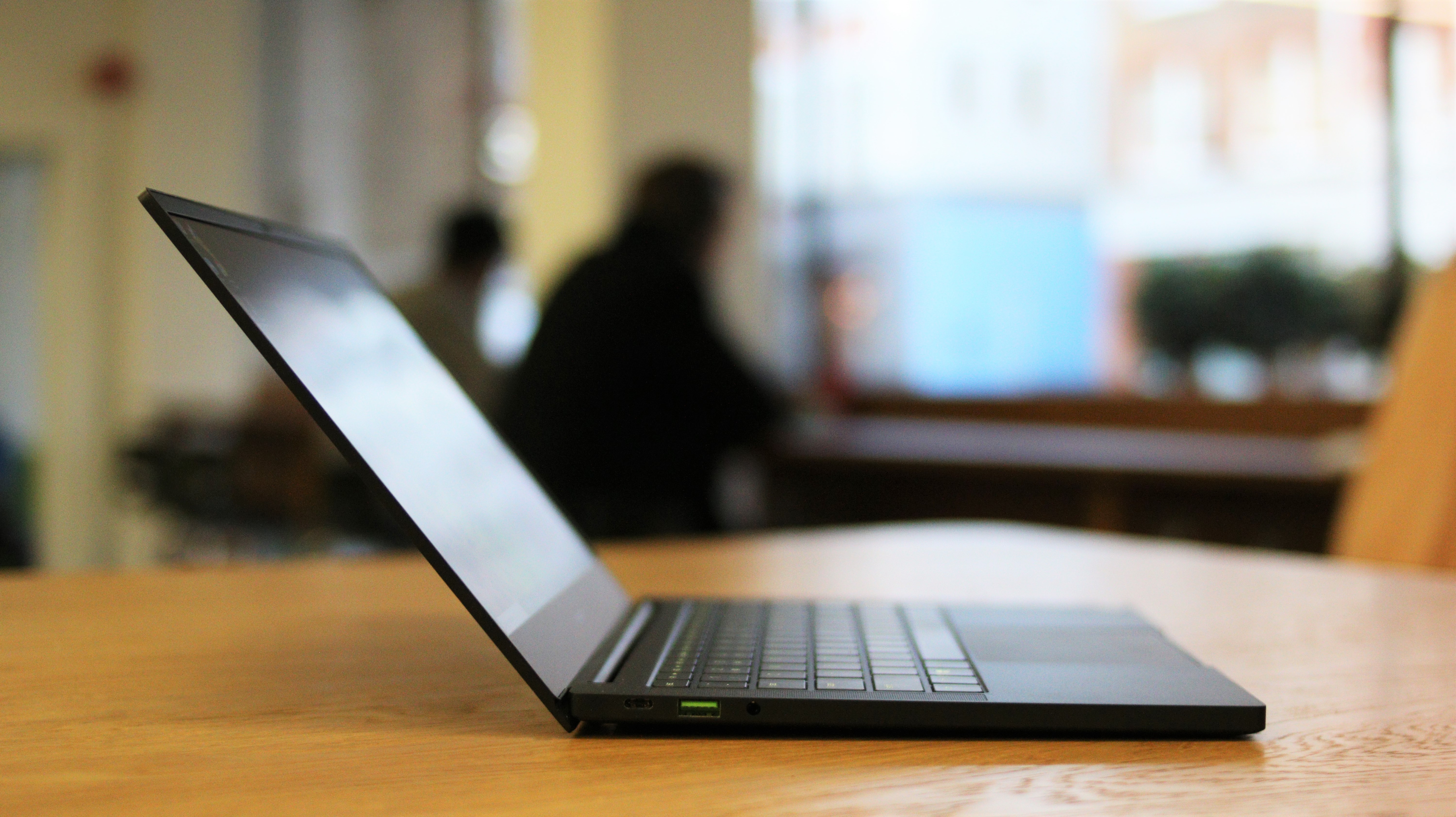
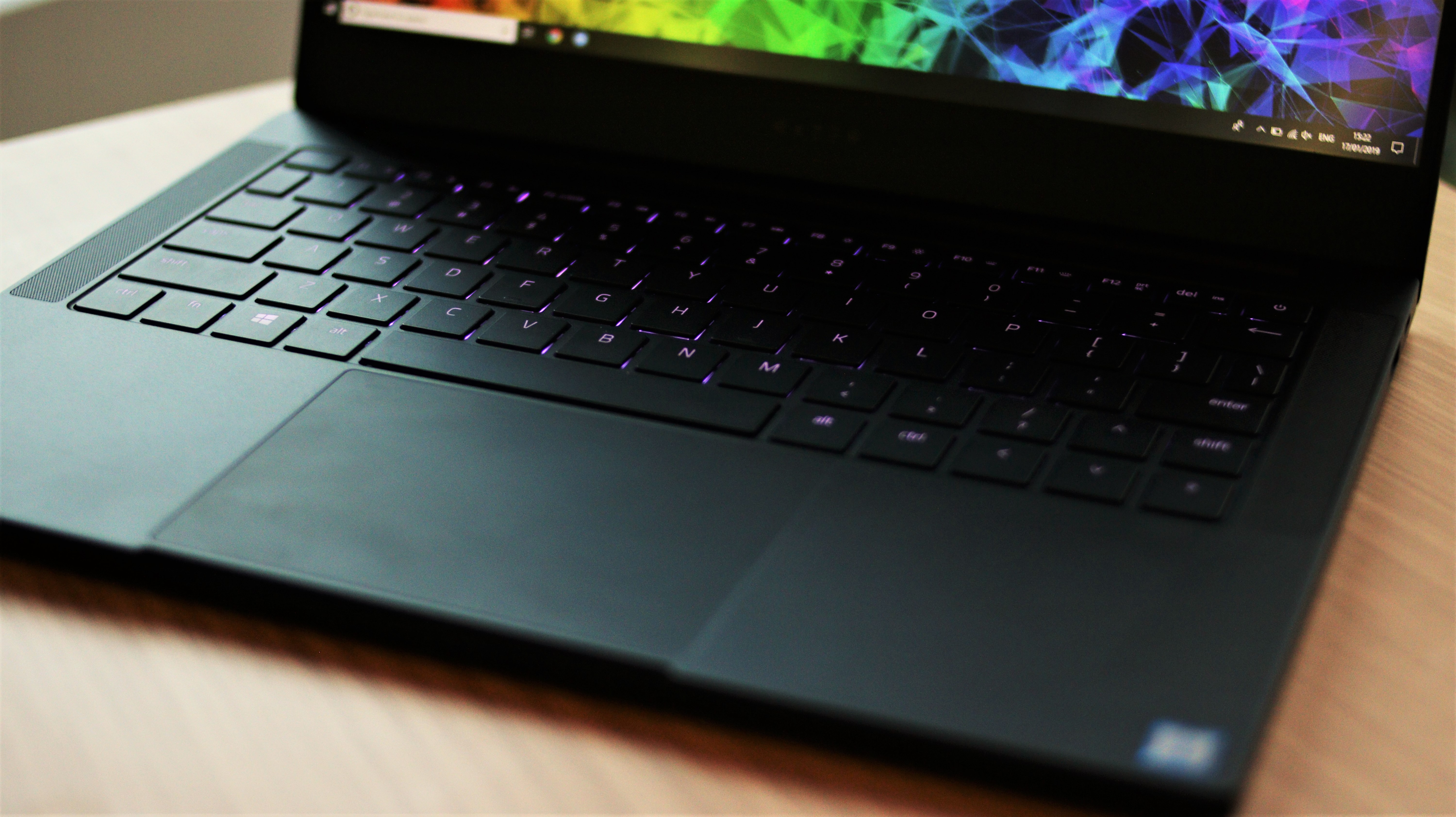
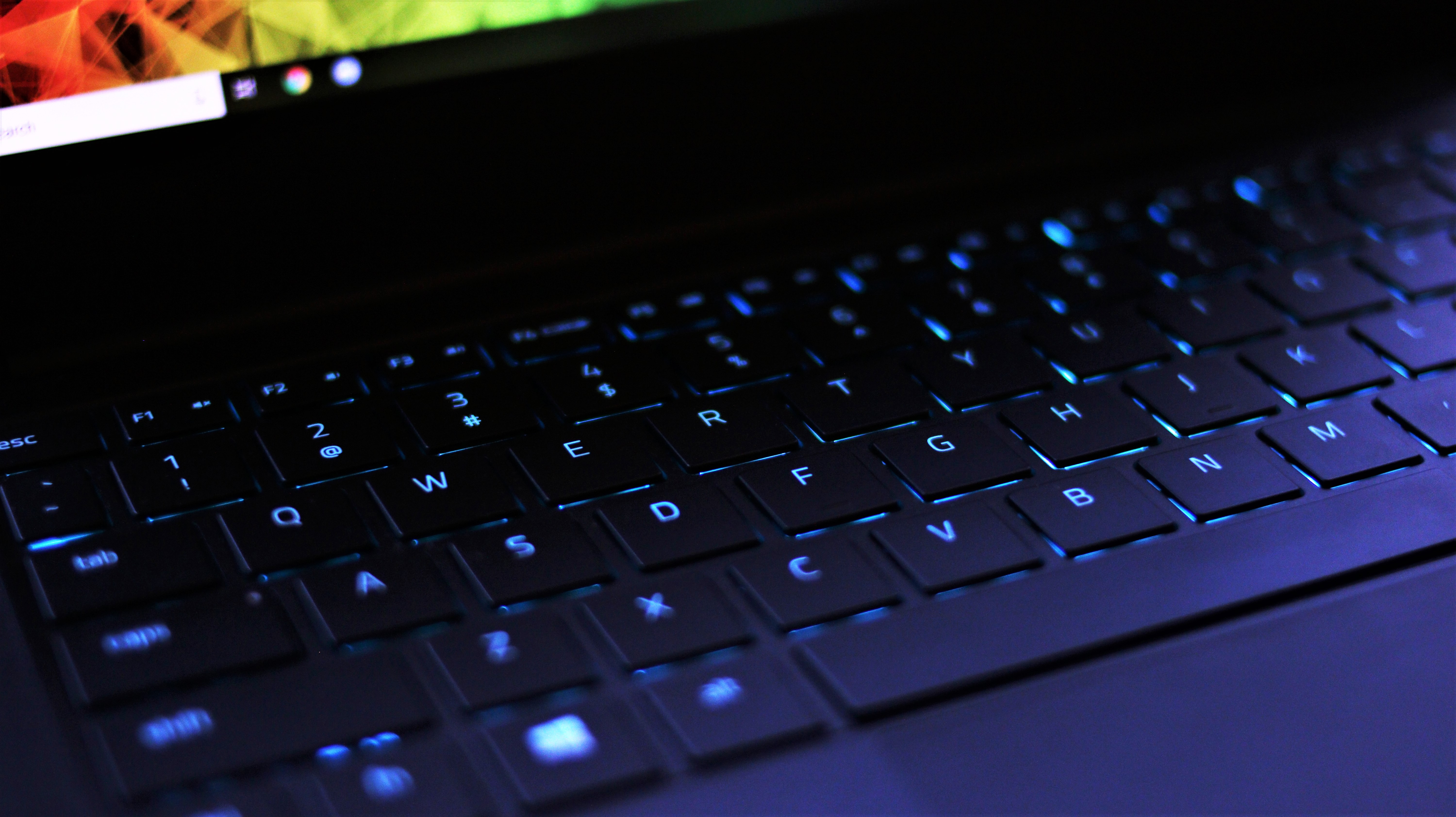
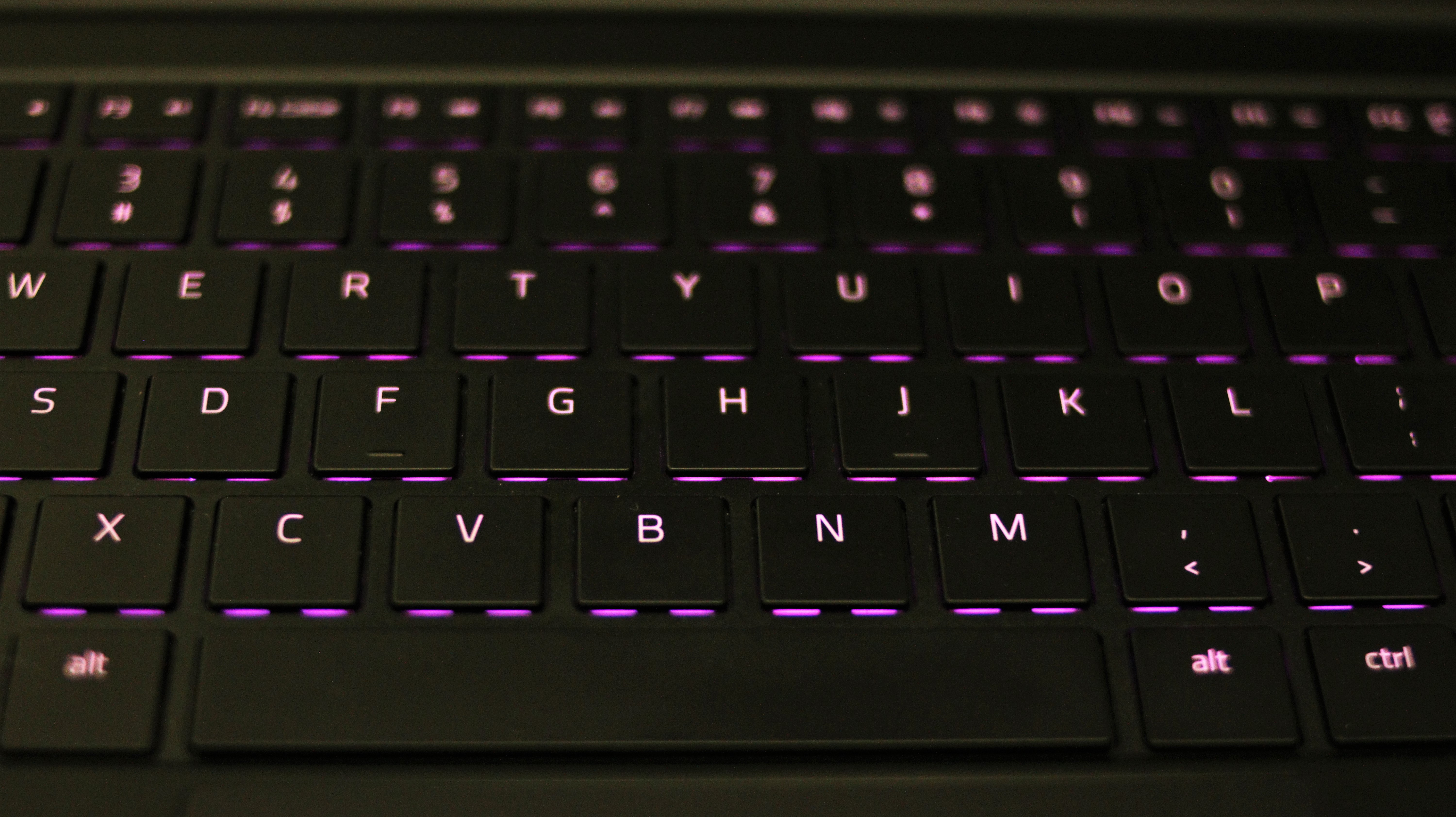
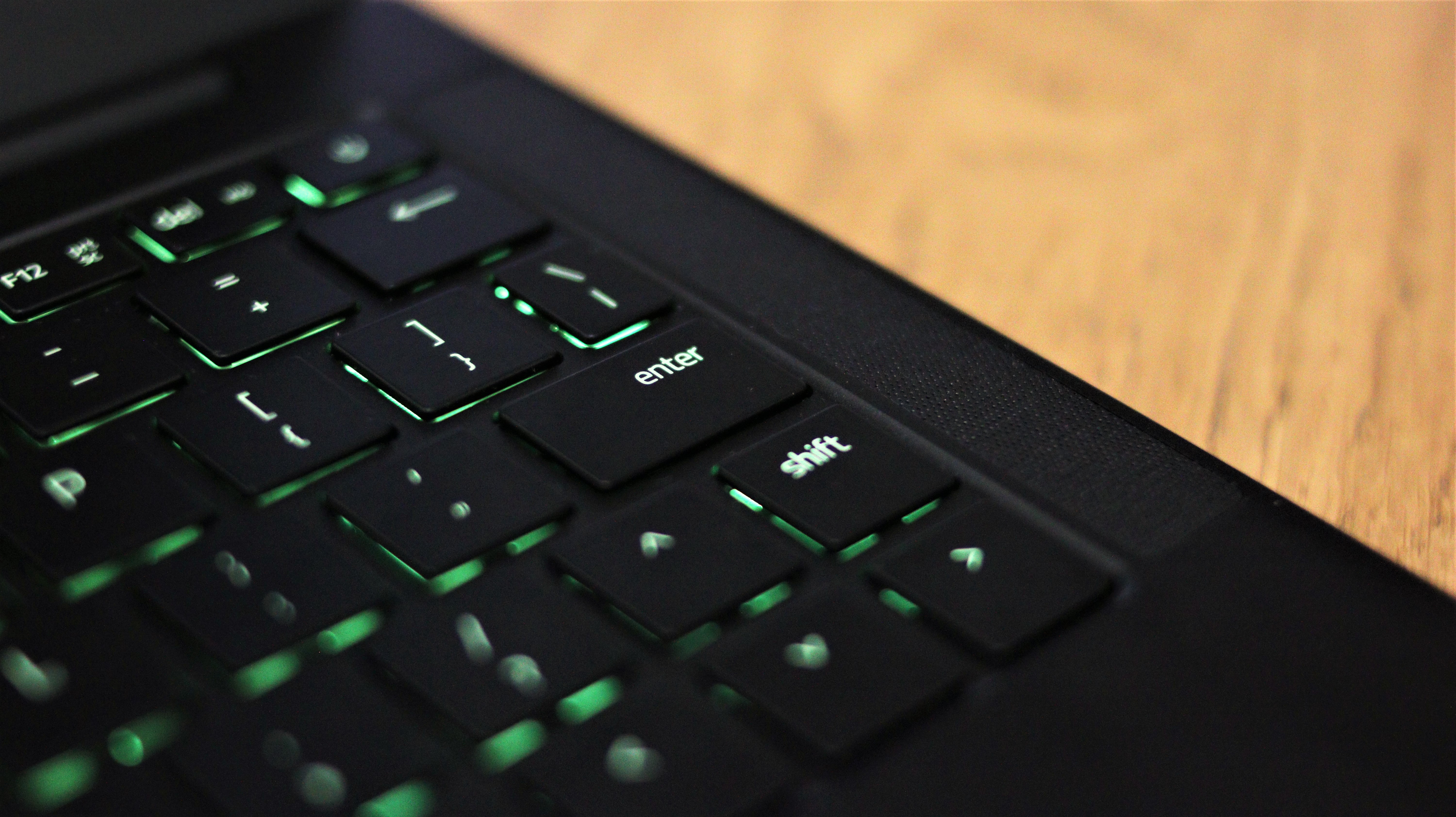
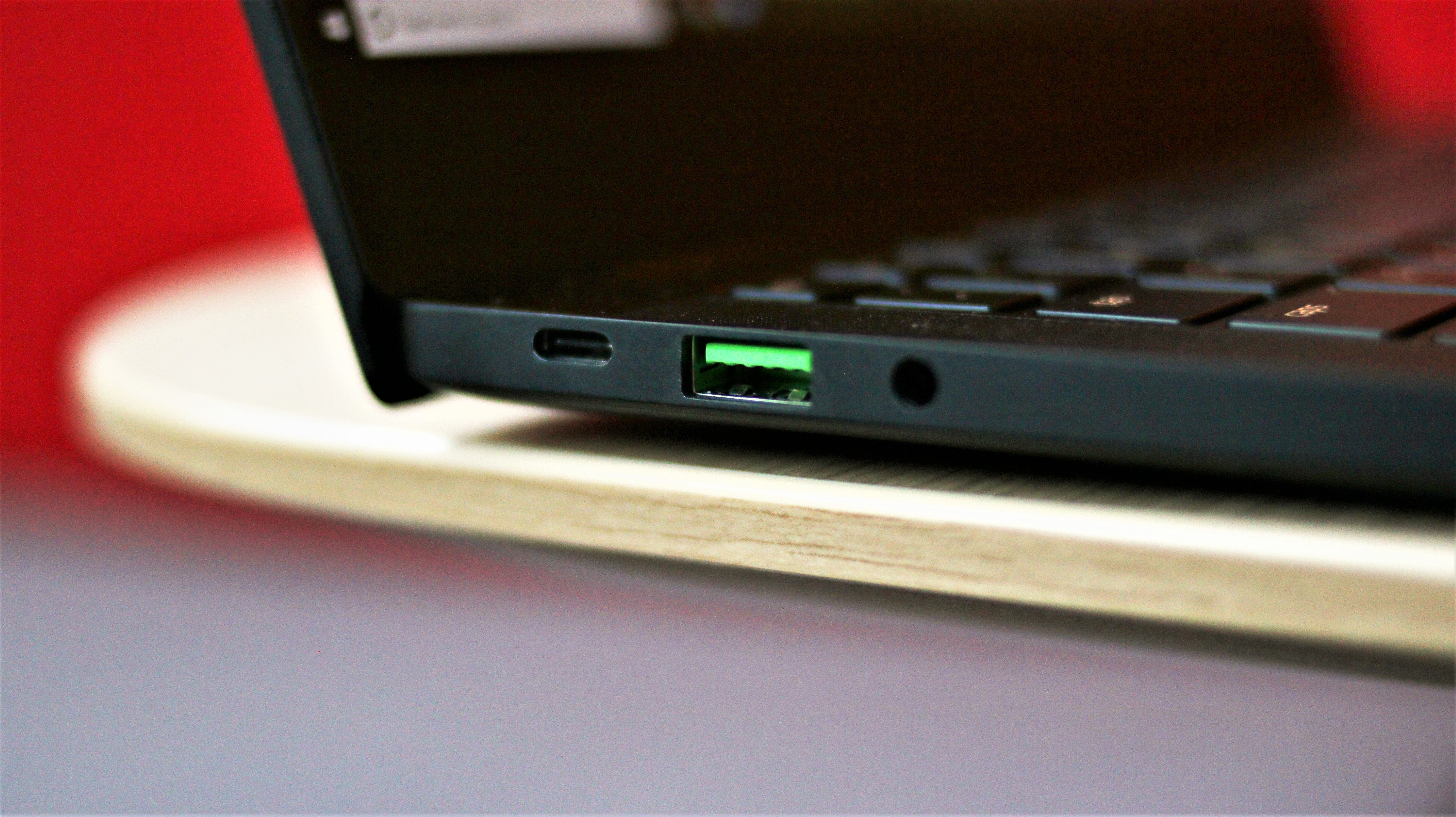
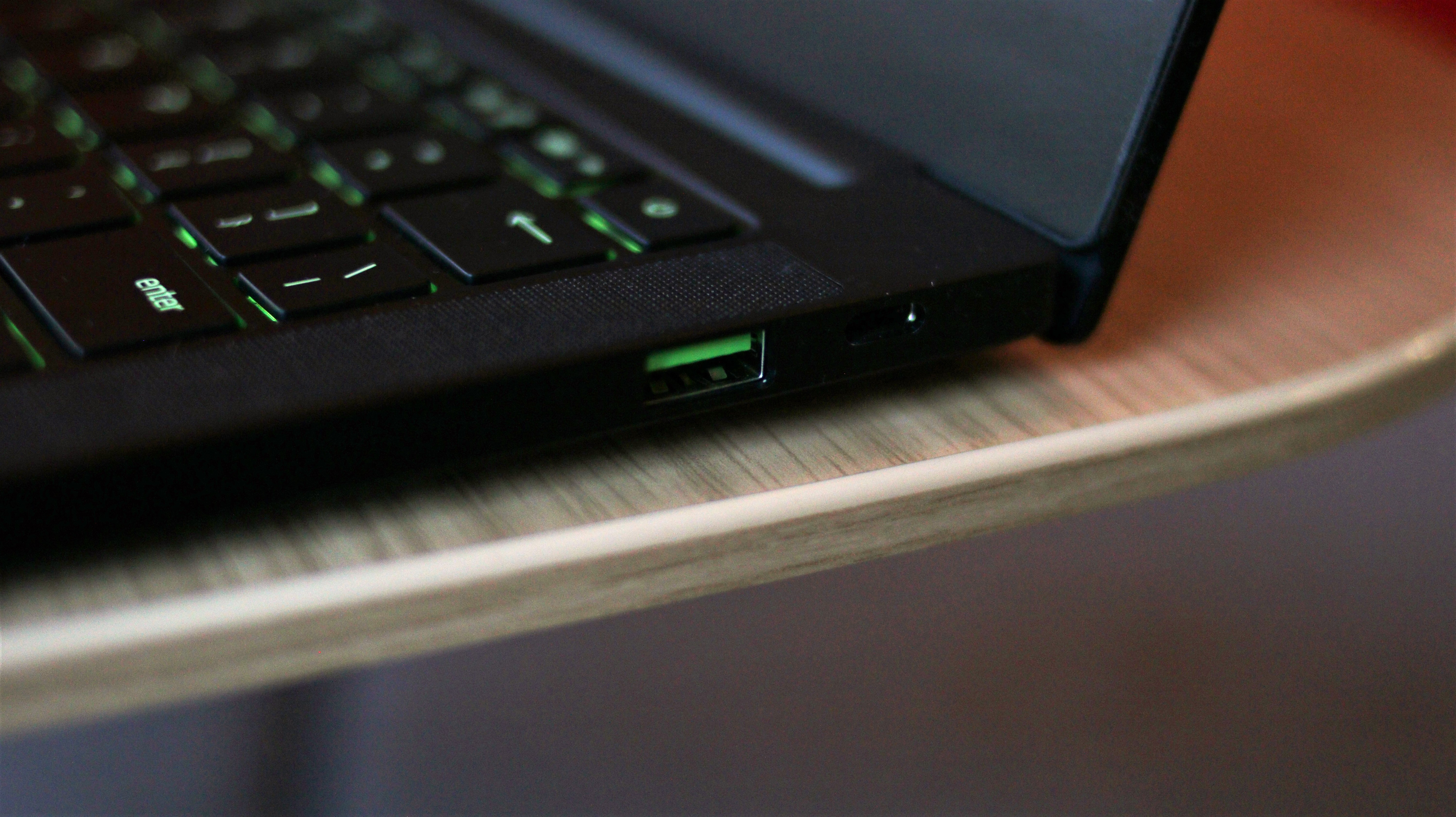
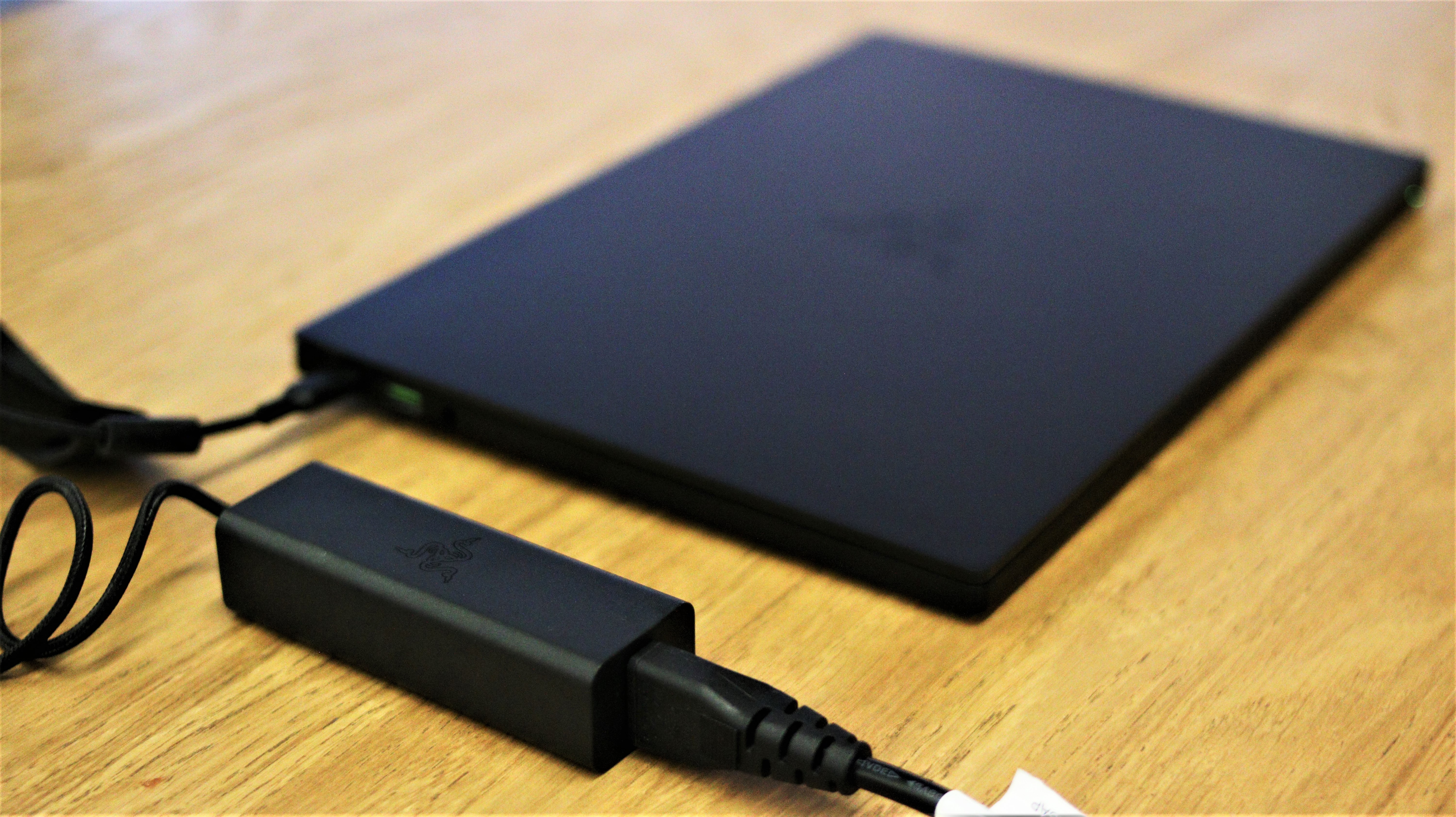
Razer's power-hungry gaming laptops often boast unrivalled performance and outstanding graphical capabilities, but a degree of versatility also renders these devices quite capable in business and productivity contexts.
Since debuting the Blade Stealth in 2016, Razer's line of 13.3in ultrabooks has undergone a handful of design and functionality tweaks, becoming sleeker, more portable, and not to mention more powerful with each generation.
Its late-2018 ultrabook is a statement machine that not only goes toe-to-toe with the biggest high-end names on the market, including the Dell XPS 13 and Microsoft Surface Book 2, but has all the core ingredients of a MacBook-killer. Regardless of potential, however, it's the execution that counts.
Razer Blade Stealth 13: Design
At first glance, the late-2018 Blade Stealth is a sleek and compact ultraportable that's a far cry from the image of an archetypal gaming machine.
Draped in stylish matte black, the Razer's anodised aluminium chassis comes within touching distance of capturing the high-end feel of the Dell XPS 15 and MacBook Pro 13. This is exemplified by a narrow 4.9mm bezel encasing the 13.3in display, widening only above the display to incorporate a webcam.
The key to its aesthetic lies in subtlety. For example, Razer's tri-serpent logo is etched on the lid in a tone-on-tone black rather than its usual garish green, while the power button is covertly placed on the keyboard. But a few details do betray its gaming roots. A fully-customisable backlit keyboard gradually shifts in tone every few seconds across a palette of 16.8 million colours, and its USB ports are subtly lined with lime green.

While the device looks stylish, the build quality is perplexingly inconsistent, with its sturdy chassis contrasting with unforgivably wobbly ports; a definite black mark. There was plenty of wiggle room with all four ports in our review model, with even a faint touch to the left-hand USB-C socket disrupting the connection with both an external monitor and its charging unit. The right-side USB-C port fared better, while both USB A ports jiggled but not to any disruptive extent. In fairness, this could be an issue with our specific device, which has been put through the wringer in its role as a demo unit.
The Razer's slender chassis, meanwhile, measures 305 x 210mm, which is close to the Dell XPS 13's 304 x 200mm, but smaller than a host of its 13in rivals including the Asus ZenBook S and the HP Elitebook x360 1030 G2.
A thickness of 14.8mm is average, matching the MacBook Pro's 14.9mm frame, which can also be said for the machine's 1.31kg weight, which slightly undercuts Apple's flagship device. These measurements are also fairly consistent with the HP Elitebook X360, which is 14.9mm thick and 1.28kg heavy.
Razer Blade Stealth 13:Display
The Razer's 13.3 gorgeous 1080p Full HD display is highly recommended for users who engage in graphic design, film or image work. Also available in a 4K configuration, it's among the Blade Stealth's strongest assets, with the 1080p screen's matte finish also reducing reflection and boosting viewing angles.
A high-scoring 92.6% coverage of the sRGB colour gamut puts it in the top bracket - although it's not the 100% its manufacturer claims. It falls a touch short of the Microsoft Surface Book 2's 96.6%, for instance, but still edges the XPS 13's 90.2%.
Meanwhile, a high 432.7cd/m2 maximum brightness and an impressive 1305:1 contrast ratio allows the screen truly pop from its thinly-bezelled frame.
Razer Blade Stealth 13:Keyboard and Touchpad

The device features a new iteration of the Razer Chroma keyboard (as it's stylised), underpinned by impressive fully-customisable LED backlighting that can cycle through 16.8 million colours.
This feature can either be seen as a needless distraction, or a fun gimmick, depending on your perspective. Rest assured it can just as easily be switched off via the inbuilt Razer Synapse app, as it can be configured to rapidly cycle through a plethora of tones in dizzying fashion. Each key can also be assigned to an individual colour, if you so choose.
The chiclet-style keys themselves are well-sized, and touch typing at speed returns a satisfying sense of feedback despite a shallow depth. But the short distance between each key can render an otherwise satisfying experience a little awkward. This, coupled with a somewhat crammed layout, is disappointing. It's really easy, for example, to accidentally tap 'hash' when reaching for 'enter', or knock the 'up' key when stretching for 'right-shift'.
The power button rather stealthily features where the delete key normally would, while insert is wrapped up into the delete key, sat beside the power button, as an 'fn' function; also true for a handful of other functions. Thankfully, the power key isn't configured to switch the machine off, or put it to sleep, when inevitably hit by accident.
The glass-coated touchpad, on the other hand, is flawless. Its wide-spanning surface is smooth, and a pleasure to navigate, while both left and right-clicks are simple and as satisfying to push as one could ask for.
Razer Blade Stealth 13:Specs and Performance
Power is where the Razer Blade Stealth truly excels. Packed with a quad-core Intel Core i7-8565U processor in all configurations, it runs at a base clock speed of 1.8GHz, with a 4.6Ghz turbo.
It also features a maximum of up to 16GB of LPDDR3 RAM, (with 8GB minimum), although this is fixed in each configuration and cannot be upgraded. The graphics chip, meanwhile, is an NVIDIA GeForce MX150 with 4GB dedicated memory, and an Intel UHD 620 chip fitted into the base model.

Together these components produced a blistering set of results when put through our tests, impressive running both single-threaded and multi-threaded processes. An overall score of 115 smashed the HP EliteBook 840 G5's 77, and edged the 14in Asus Zenbook Flip S' score of 111. The Blade Stealth even beat the latest XPS 13's excellent 96, with the 13in MacBook Pro the only comparable device surpassing its score with 150. It's also a significant upgrade on the 2017 Intel Core i7-7550U-fitted Blade Stealth, which scored just 55.
For all the merits of high performance, however, it's somewhat tainted by the machine's poor 54Whr battery, which lasted just 4hrs 38mins in our video testing. While it puts another dampener on the device's otherwise strong credentials as a business-friendly unit, the power brick is at least welcomingly compact and portable for a machine as power-guzzling as this.
For a device with high potential, this battery life is incredibly disappointing when compared against, for instance, the XPS 13's 10hrs 7mins lifespan, and the MacBook Pro 13's 8hrs 25mins. The Surface Laptop 2 even lasted a forgivable 7hrs 7mins in our test. We should also note that batteries within 4K devices typically consume more power than their 1080p counterparts, which doesn't bode well for users looking to grab the fully-specced Razer.
Razer Blade Stealth 13:Ports and Features
Featured in the Blade Stealth's chassis are two USB 3.1 ports, a Thunderbolt 3 USB-C power port, a USB-C 3.1 port, and a 3.5mm audio jack. It's not a vast collection but should be enough to satisfy most office-related needs.
We'd also have wanted to see the manufacturer capitalise on the device's vibrant display by including an SD memory card reader, which would make it even more suited to media editing. However, professionals who depend on this can still transfer their data using any number of adapters and dongles.

The ports which are included, as mentioned previously, felt shoddily-built and were frustrating to use. The connection with an external monitor via the left-sided Thunderbolt 3 USB-C port was frequently disrupted by faint touches to the cable's head and neck, which is also true for the right-sided USB-C port - albeit to a lesser extent.
In terms of security, the device offers facial recognition authentication via Windows Hello, indicated by a sharp flashing red light sat beside the webcam, alerting you to when you're being scanned. This works fine ordinarily but will need some additional calibration via the Windows Settings for bespectacled users who often use their PC without their glasses.
Razer Blade Stealth 13:Verdict
The late-2018 Razer Blade Stealth is unique in its capacity to simultaneously exude a sense of both brilliance and overwhelming disappointment.
That it showcases an effective marriage of style and substance is worthy of recognition; its gorgeously simplistic design is equally matched with powerful hardware. Yet a handful of small but serious issues undo much of this good work.
The battery's abysmal lifespan is chief among our concerns. Just half a working day means the Razer is out of the question for anybody hoping to take it out of the office, for instance, where a power supply may not always be guaranteed. Moreover, while keyboard bugbears are issues you can adjust to, wiggly and occasionally-disruptive ports are a relative red flag.
Despite these issues, however, there's mountains of promise in this 13in ultraportable. Whether by accident or by design, its manufacturers have built a machine with the potential to be an industry leader. Razer needn't go back to the drawing board. Rather, with just a few tweaks this gaming machine can give the likes of Apple and Dell something to truly worry about.
Verdict
Gorgeously designed and packed full of power, the Razer Blade Stealth has the makings of an elite device that can compete with the likes of the MacBook Pro. This 13.3in ultraportable is, however, let down by a handful of problems that blacken its otherwise strong credentials
| Processor | 1.8GHz Intel Core i7-8565U |
| RAM | 16GB LPDDR3 RAM |
| Dimensions | 305 x 210 x 14.8mm |
| Weight | 1.31kg |
| Screen size | 13.3in |
| Screen resolution | 1920 x 1080 |
| Graphics adaptor | Nvidia GeForce MX150 |
| Total storage | 256 SSD |
| Operating system | Windows 10 Home |
Get the ITPro daily newsletter
Sign up today and you will receive a free copy of our Future Focus 2025 report - the leading guidance on AI, cybersecurity and other IT challenges as per 700+ senior executives

Keumars Afifi-Sabet is a writer and editor that specialises in public sector, cyber security, and cloud computing. He first joined ITPro as a staff writer in April 2018 and eventually became its Features Editor. Although a regular contributor to other tech sites in the past, these days you will find Keumars on LiveScience, where he runs its Technology section.
-
 ‘Phishing kits are a force multiplier': Cheap cyber crime kits can be bought on the dark web for less than $25 – and experts warn it’s lowering the barrier of entry for amateur hackers
‘Phishing kits are a force multiplier': Cheap cyber crime kits can be bought on the dark web for less than $25 – and experts warn it’s lowering the barrier of entry for amateur hackersNews Research from NordVPN shows phishing kits are now widely available on the dark web and via messaging apps like Telegram, and are often selling for less than $25.
By Emma Woollacott Published
-
 Redis unveils new tools for developers working on AI applications
Redis unveils new tools for developers working on AI applicationsNews Redis has announced new tools aimed at making it easier for AI developers to build applications and optimize large language model (LLM) outputs.
By Ross Kelly Published
-
 Google layoffs continue with "hundreds" cut from Chrome, Android, and Pixel teams
Google layoffs continue with "hundreds" cut from Chrome, Android, and Pixel teamsNews The tech giant's efficiency drive enters a third year with devices teams the latest target
By Bobby Hellard Published